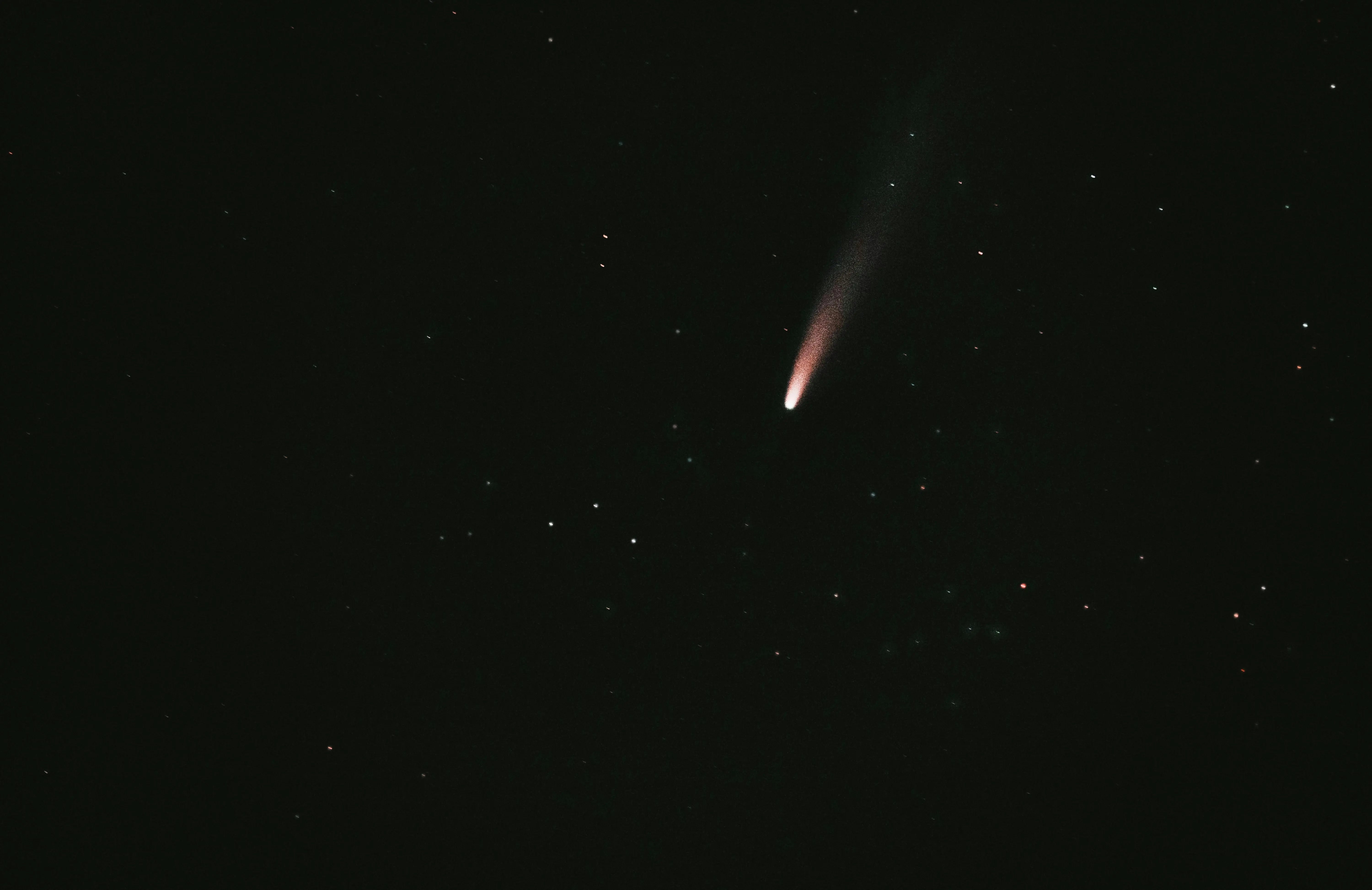When is a double fireball not a double fireball? Astronomers explain the viral meteor videos and the trick of the light behind them
-
 Fireball Meteor - Source: Unsplash.com
Fireball Meteor - Source: Unsplash.comOver the past few days, several videos of what appeared to be two fireballs racing across the evening sky have gone viral on social media sites. Many people thought they were witnessing a once-in-a-lifetime double meteor display — two shining meteors blazing their way through the atmosphere parallel to each other.
But it turns out the reality is far more straightforward, and it all boils down to an optical illusion. Experts say that the popular "double fireball" videos are not two meteors at all. Rather, what was observed was a single meteor and its reflection, caused by light reflecting off various surfaces, such as clouds, lenses or even windows.
What really happened
Meteors or shooting stars happen when tiny bits of rock or space debris enter the atmosphere of Earth at high velocities. Upon burning up, they leave a bright flash of light, which we see as a glowing streak in the sky.
On the viral videos, most people observed what appeared to be two meteors traveling nearly parallel to one another — a rare and lovely phenomenon if it were genuine.
However, astronomers who examined the videos carefully soon realized that the two streaks weren't two distinct meteors but rather one meteor that was fragmented. Instead, they suggested that the "second" meteor was a reflection of the first, likely the result of the meteor's light reflecting off clouds or the camera's lens.
Occasionally, observers could have been viewing the meteor through a glass window, which can also result in a reflected image that appears to be a twin fireball.
How the illusion works
The reason this illusion is so convincing is that meteor fireballs are extremely bright. A single bright meteor can light up the sky, especially during a clear night or during a meteor shower. That bright light can reflect off surfaces and create what appears to be a second, fainter streak nearby.
Astronomers explained that when the videos were slowed down and analyzed, the two “meteors” moved in perfect sync — with the same speed, direction, and brightness changes. This is a clear sign that it wasn’t two separate objects, but one single meteor creating an optical effect.
Why were people confused?
It is very uncommon to see two fireballs at the same time, so it is no wonder that people were puzzled and intrigued. Social networks tend to accelerate such types of videos when they appear spectacular and enigmatic.
However, specialists note that these occurrences serve as a good reminder that light and refractions can sometimes deceive our eyes. The same thing occurs with sunsets, urban lights, or bright stars — reflections on glass, water, or even on camera sensors can cause one light to appear as two.
What astronomers are saying
Astronomers have encouraged skywatchers not to feel disappointed by the explanation. Even though it wasn’t a real double meteor event, it still captured something beautiful — a bright fireball lighting up the night. They also reminded people that meteor season is far from over. Events like the Orionid meteor shower and the upcoming Leonids will continue to offer great opportunities to spot real fireballs in the sky.
The “double fireball” illusion is another example of how amazing — and sometimes deceiving — the night sky can be. Even when science provides an explanation, the beauty of these moments doesn’t fade. Whether it’s a reflection or the real thing, seeing a fireball streak across the sky is still a reminder of how dynamic and surprising our universe can be.
TOPICS: Double Fireball